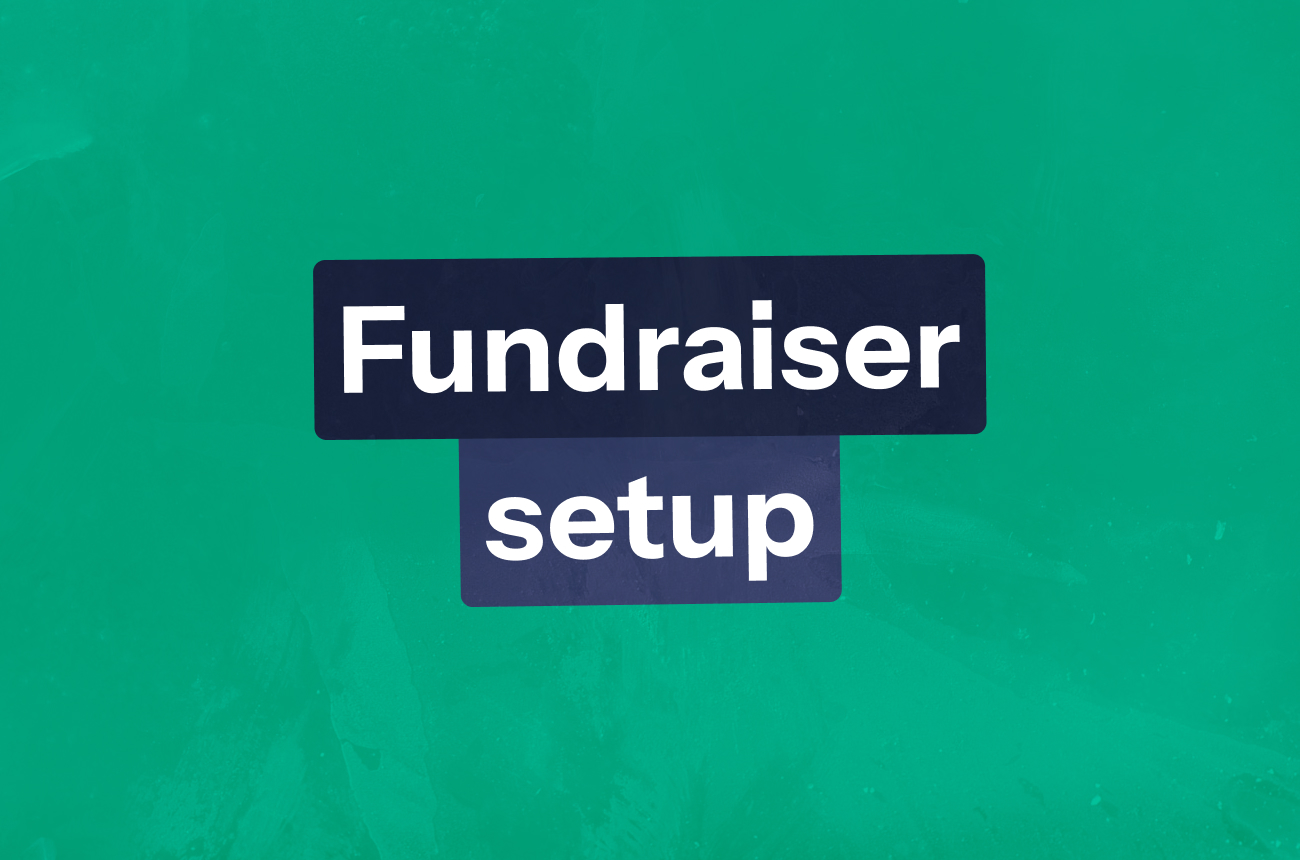Fundraiser Planning

Building strong relationships with your donors takes time so it's important to plan your fundraising activity ahead of time as much as possible. By nurturing those connections throughout the year, you'll create a community of supporters who are excited about your mission and ready to donate when your campaign launches.
Building a campaign calendar
Use a 12 month calendar to:
- Block out your key appeal activity periods, for example, Winter appeal, London Landmarks Half Marathon, Swim Serpentine, Summer appeal etc.
- Block out the time in the lead up to this for nurturing and building the connection with your supporters. This is an opportunity to deepen their connection to your cause and demonstrate the impact of their support. Provide easy calls to action for supporters to take to get them used to taking action in your emails, ready for when your campaign launches. For example, you could invite supporters to check out a new video or recent social media post, or take a quiz or survey to learn more about them.
- The space outside of this gives the opportunity for a regular newsletter. A newsletter should be the foundation of your email programme; it should not aim to cram everything in because you already have these other planned periods to be in touch with supporters.
Building your fundraiser campaign
Around two months before launch, build out your campaign and get feedback and input from key stakeholders. Ensure your mission is at the forefront, showcase the impact that donations/support has had so far and what impact donations will have in this campaign.
Think about what you want your supporters to take away from your campaign communications. Map out:
- Your campaign theme in 1 sentence: "Nourishing Hope: Ending Hunger in Our Community”.
- Your campaign theme in a short narrative (2-3 sentences): "Imagine a community where no one goes hungry. At the London Food Hub, we believe that access to nutritious food is a fundamental human right. Join our 'Nourishing Hope' campaign and help us build a brighter future for our neighbours in need.”
- Your campaign theme in an expanded narrative (2-5 supporting sentences): Our 'Nourishing Hope' campaign is more than just a fundraiser; it's a movement to end hunger in our community. We believe that everyone deserves access to healthy food, regardless of their circumstances. By joining our campaign, you are investing in the well-being of our neighbours, supporting vital programs that provide meals and essential resources, and creating a more just and equitable community for all.”
Once you have this, plan your communication strategy along with your email and social content. We’d recommend:
- One month out: build the hype. Communicate to your advocates (include supporters, volunteers, partners, your board etc) that you will be launching a campaign. Share your campaign story and your goals.
- Save the date: two weeks before. Announce the date of your campaign launch to build excitement around this.
- Campaign launch: announcement on socials, email and personally message your biggest advocates
- Touch points:
- Sharing progress to your target at intervals.
- Sharing impact stories to showcase how your supporters contributions will help.
- If you hit your target - celebrate this and consider increasing it to push that bit further.
- End of campaign: thank your community for their support and share the amount you’ve raised. Reflect on how these funds will be used and showcase the impact your supporters have had.
- Beyond the campaign: identify any major donors and personally reach out. Identify any new donors and ensure they’re added to relevant mailing lists (if they have provided consent).
Check out our Promoting your Fundraiser article for tips on how to use email and social media as part of your campaign.


